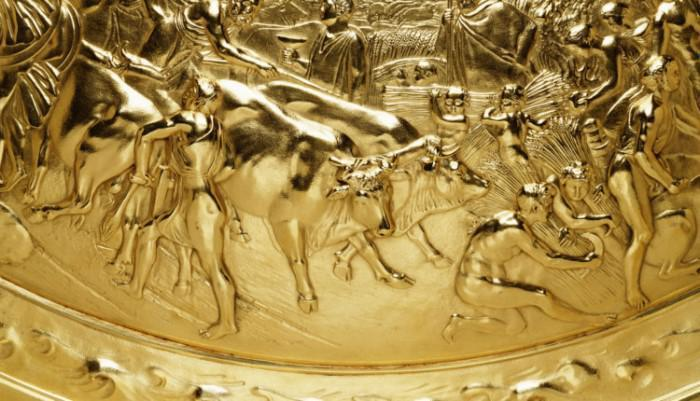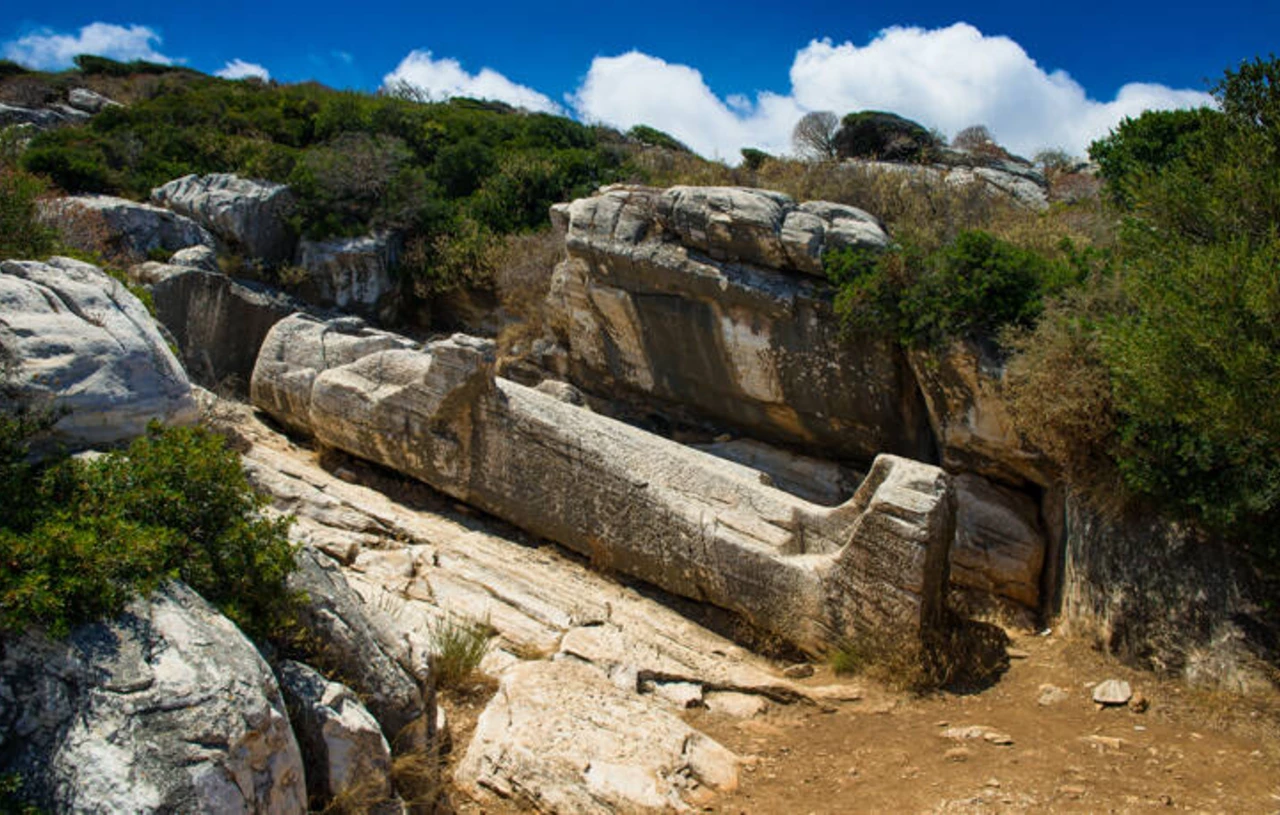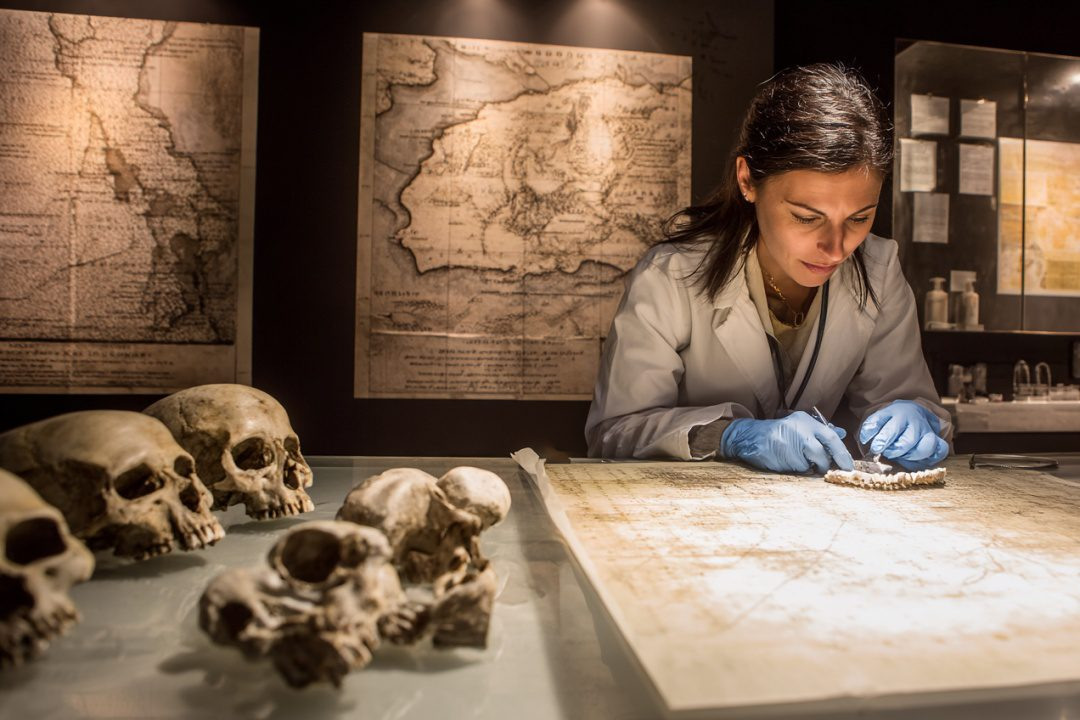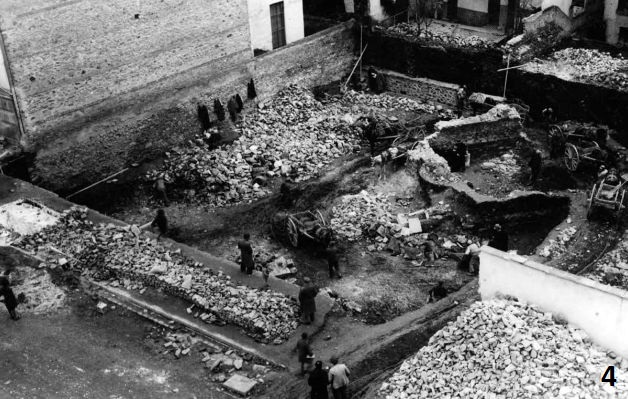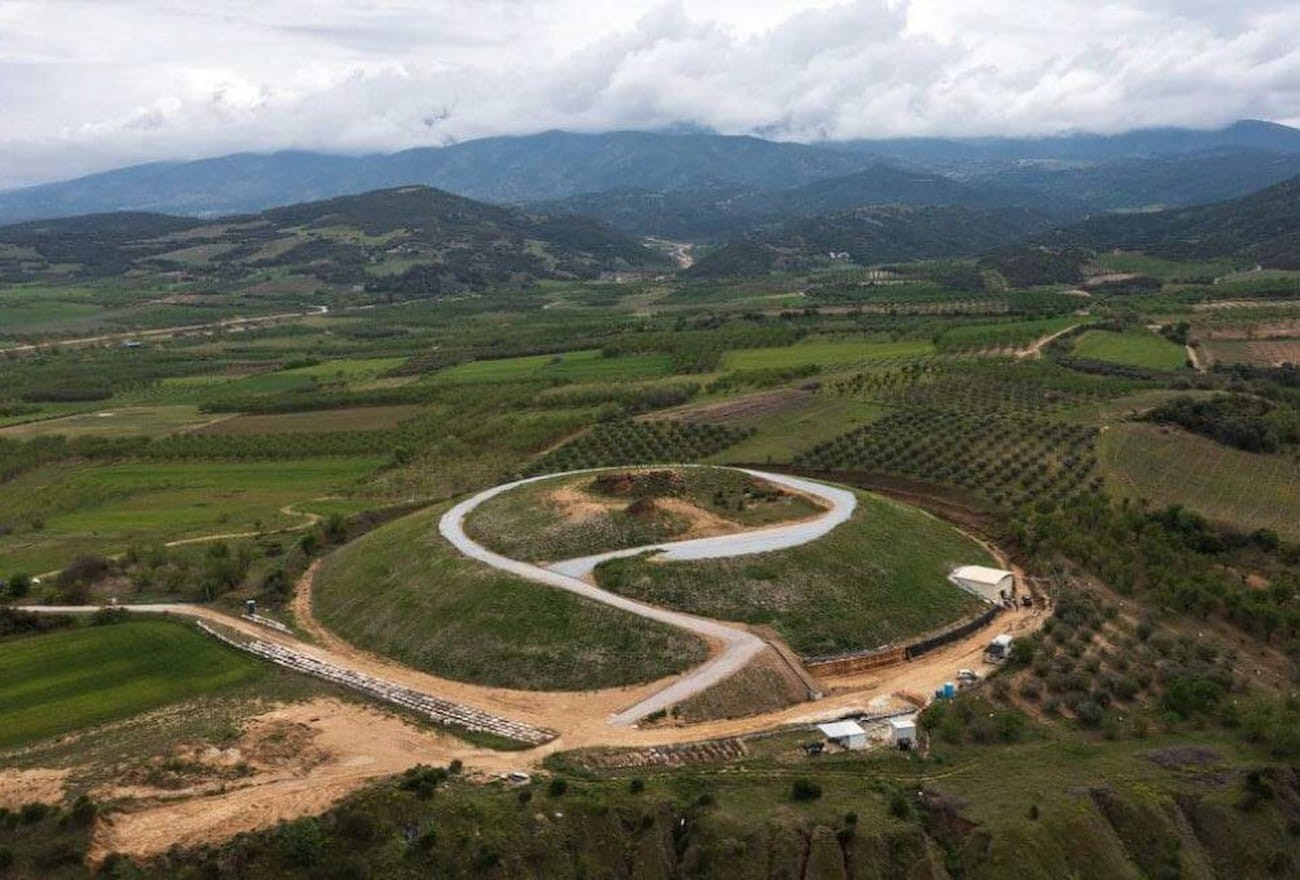Archaeologists in London have made a groundbreaking discovery beneath a modern office building—an ancient public structure dating back 2,000 years. This remarkable find is believed to be the city's very first Roman basilica, a place where critical political, economic, and administrative decisions were made.
Uncovering the Heart of Roman London
The excavation at 85 Gracechurch Street revealed the stone foundations of the basilica, which is thought to have been a two-story structure. Sophie Jackson, from the Museum of London Archaeology (MOLA), described the find as “the heart of Roman London,” emphasizing its significance in understanding the city’s origins and its development as the capital of Britain.
A Discovery Hidden Beneath a Modern Office
The discovery occurred during preparations for demolishing an existing office building and constructing a new one. Earlier archaeological surveys had suggested the approximate location of the ancient structure, prompting the excavation of test trenches beneath the concrete flooring.
It wasn’t until the third attempt that the team uncovered a significant portion of Roman architecture. The basilica, built around 80 CE—shortly after the Roman invasion of Britain—was part of London’s forum, the city’s social and commercial hub. The forum was a vast open square surrounded by shops and offices, with the basilica serving as the town hall.
This grand structure hosted public gatherings, business transactions, legal proceedings, and crucial decision-making for the city and beyond.
Preserving the Past in a Modern City
Although the first basilica and forum were in use for only about 20 years before being replaced by a newer marketplace, their rediscovery has reshaped development plans for the site’s owner, Hertshten Properties. The Roman remains will be fully excavated and integrated into the new office design, pending approval. Once completed, they will be opened to the public.
Architect James Taylor of Woods Bagot highlighted the technical challenges of redesigning the office building around the archaeological site. Adjustments, including repositioning columns and reducing the building’s height to preserve the ancient stonework, are being considered. Taylor expressed excitement about the project, saying, “It’s amazing to see people in awe of these historic discoveries.”
Showcasing London’s Roman Heritage
This find adds to the growing collection of Roman history hidden beneath London’s Square Mile. Efforts are underway to creatively showcase these sites to the public. For example, parts of a Roman amphitheater are displayed beneath glass panels at the Guildhall Art Gallery, while Bloomberg’s London office houses the Temple of Mithras, brought to life through an immersive sound and light installation.
Chris Hayward of the City of London Corporation spoke about the emotional connection people can feel with Roman London, noting the striking contrast between the city’s ancient past and its modern skyline. He emphasized the importance of balancing progress with preservation, giving Londoners and visitors a chance to engage with the rich history beneath their feet.




